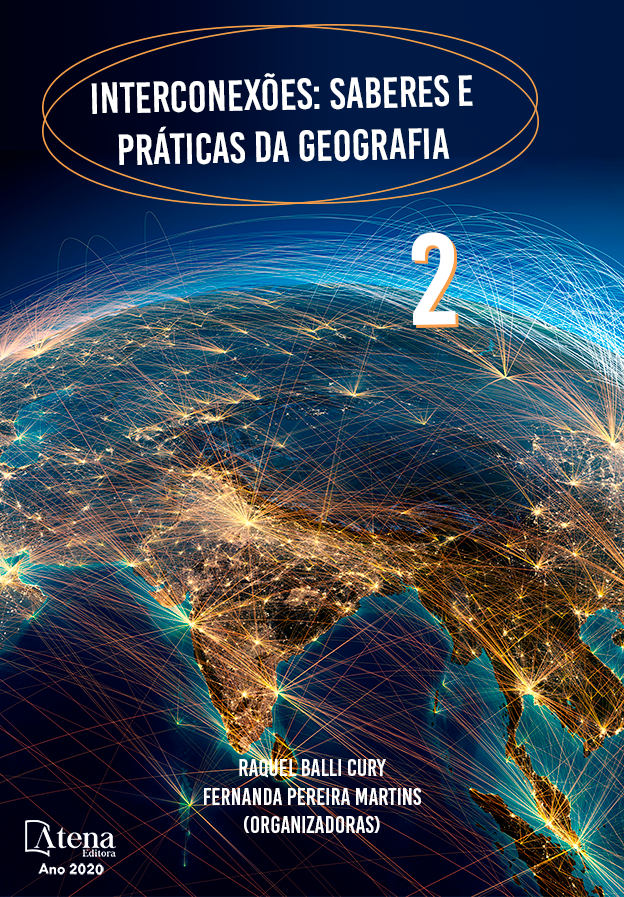
A INTERPRETAÇÃO DA PAISAGEM NA DEFINIÇÃO DE PERCURSOS DE ECOTURISMO NO SUDOESTE DE PORTUGAL
Nas últimas décadas tem-se verificado uma procura crescente do espaço rural, não só para recreio, mas também para viver (os chamados “neo-rurais”) (Pinto-Correia, 2007, 2011; Pinto, 2015). Entre as atividades de recreio é notório o aumento significativo da procura das ofertas relacionadas com o ecoturismo (Luís 2017), especialmente as caminhadas (Tovar, 2010). Vive-se numa época de transição de um turismo de massas para um turismo de base ecológica, respeitando a diversidade e a cultura de cada lugar (Zaoual, 2008). O estudo pretende potenciar os valores e identidade da paisagem da Bacia Hidrográfica da Ribeira de Seixe (BHRS), respeitando os ecossistemas e as vivências locais, numa vertente pedagógica e de educação ambiental, associada ao ato de caminhar. Desenvolveu-se uma proposta de Ecoturismo para a BHRS, através da conceção de uma rede de percursos de interpretação da paisagem, procurando realçar as dinâmicas da BHRS, estabelecer conexão entre os valores presentes e inter-relação com a paisagem envolvente, onde a rede hidrográfica constitui o elo de ligação. O carvalho de Monchique mereceu um destaque especial, dado o simbolismo associado e importância que os carvalhais encerram em Portugal Continental (Vila-Viçosa, 2012). A definição dos percursos resultou da aplicação de um conjunto de critérios, elaboração e interpretação cartográfica com recurso aos SIG, workshops e trabalho de campo. A proposta inclui 7 percursos, proporcionando contacto com o sistema hídrico, observação e interpretação dos habitats NATURA 2000 (alguns reconhecidos internacionalmente como hotspots de biodiversidade) e do património cultural, que, ao estabelecer a ligação entre a Serra e o Mar e a conexão com os percursos existentes, oferece situações de elevado contraste e diversidade paisagística. Propõe-se um Centro de Interpretação para estudo desta paisagem. A proposta é apresentada no contexto do projeto TerraSeixe (Oliveira et al., 2019), sendo a implementação dos percursos remetida para uma fase posterior do projeto.
A INTERPRETAÇÃO DA PAISAGEM NA DEFINIÇÃO DE PERCURSOS DE ECOTURISMO NO SUDOESTE DE PORTUGAL
-
DOI: 10.22533/at.ed.11920261112
-
Palavras-chave: ecoturismo; percursos; paisagem; hotspots de biodiversidade; ribeira de Seixe.
-
Keywords: ecotourism; pathways; landscape; biodiversity hotspots; Seixe river
-
Abstract:
In recent decades there has been a growing demand for rural space, not only for recreation, but also for living (the so-called “neo-rural”) (Pinto-Correia, 2007, 2011; Pinto, 2015). Among recreational activities, there is a notable increase in the demand for ecotourism-related offers (Luís 2017), especially hiking (Tovar, 2010). We live in a time of transition from mass tourism to ecologically based tourism, respecting the diversity and culture of each place (Zaoual, 2008). The study intends to enhance the values and identity of the landscape of the Hydrographic Seixe River Basin (BHRS), respecting ecosystems and local experiences, in a pedagogical and environmental education aspect, associated with the act of walking. An Ecotourism proposal was developed for BHRS, through the design of a network of landscape interpretation pathways, seeking to enhance the dynamics of BHRS, establishing a connection between the present values and interrelation with the surrounding landscape, where the hydrographic network constitutes the link. Monchique oak deserved a special mention, given the associated symbolism and importance that oak trees contain in mainland Portugal (Vila-Viçosa, 2012). The definition of the pathways resulted from the application of a set of criteria, elaboration and cartographic interpretation using GIS, workshops and fieldwork. The proposal includes 7 pathways, providing contact with the water system, observation and interpretation of NATURA 2000 habitats (some internationally recognized as biodiversity hotspots) and cultural heritage, which, by establishing the connection between the Mountain and the Sea and the connection with the existing pathways, offers situations of high contrast and landscape diversity. An Interpretation Center is proposed to study this landscape. The proposal is presented in the context of the TerraSeixe project (Oliveira et al., 2019), with the implementation of the pathways being sent to a later stage of the project.
-
Número de páginas: 10
- Carla Maria Rolo Antunes
- André Botequilha Carvalho Leitão
- Rosário Oliveira
- Maria Teresa Ferraz Lúcio Sales


